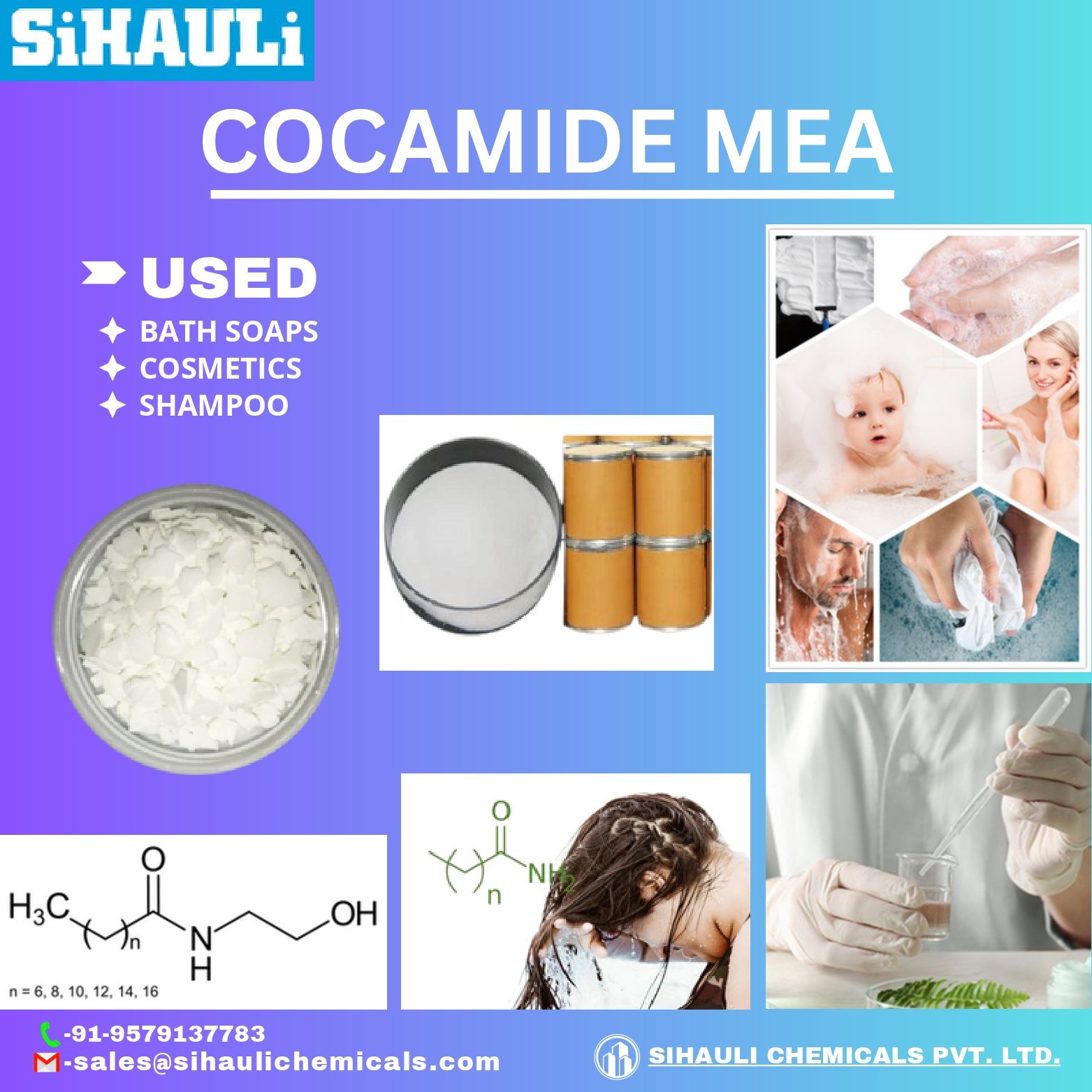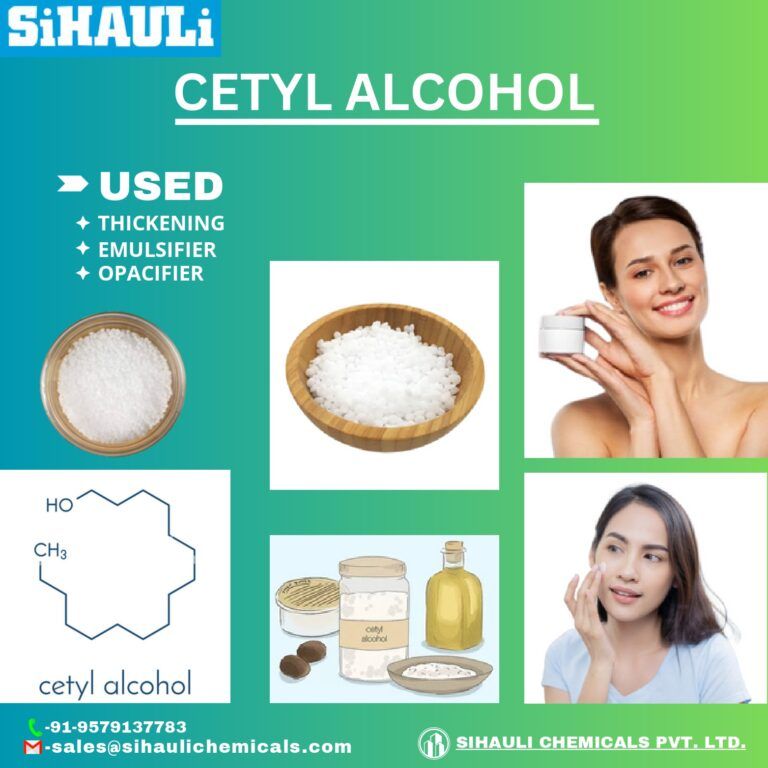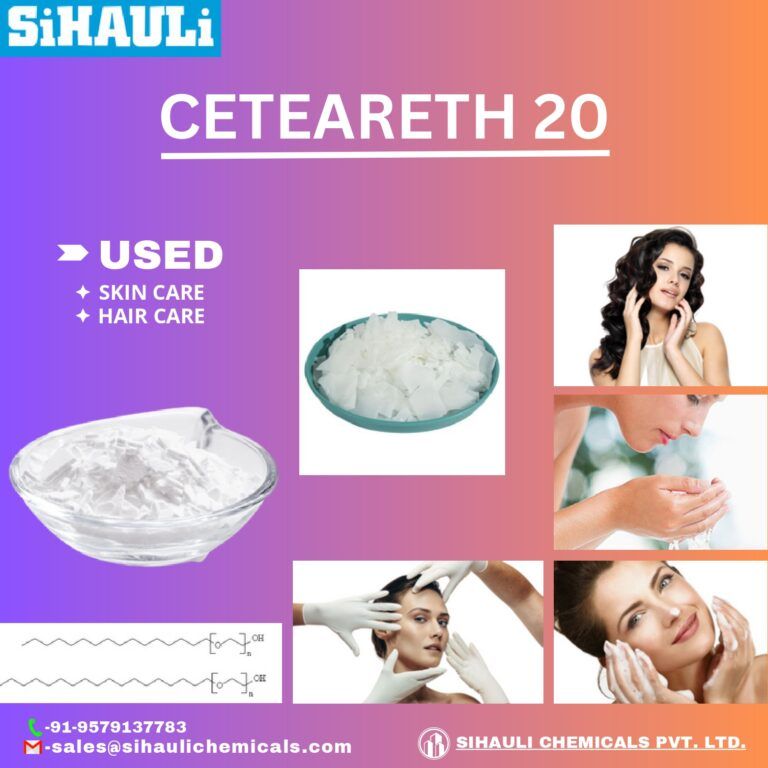Cocamide MEA is used as a surfactant (foam booster) and viscosity increasing agent – aqueous in cosmetics and personal care products. Because Cocamide MEA is a mixture, it may also contain small amounts of Cocamide DEA or Cocamide TEA. More information about Diethanolamine and cosmetic products.
Cocamide MEA is an amazing ingredient that has properties very similar to Cocamide DEA. However, it is considered safer than Cocamide DEA. This ingredient appears as a solid substance that has an off-white color. It functions as a thickener, emulsifier and a foaming agent. It greatly improves the efficiency of products and may be found in many formulations such as cleansers, body washes, conditioners and scrubs.
COCAMIDE MEA used for?
Cocamide MEA is a very useful ingredient in the cosmetic and personal care industry. It is widely added to formulations because of the range of benefits that it provides.
- Hair care: It is a great foaming agent that improves the texture and feel of hair care products. It easily lifts dirt and oil from the hair and scalp to wash it all away and leave the shafts clean and healthy
- Skin care: It acts as an emulsifier that keeps the oil based and water based ingredients together in a formulation. Thus, this ingredient improves the consistency and stability of the product
- Cosmetic products: As a thickener, it promotes easy application of the products and allows them to last longer. Additionally, Cocamide MEA also provides hydration and moisturization to the skin
Origin
Cocamide MEA s made by the reaction of monoethanolamine (MEA) and the fatty acids that are derived from coconut oil. This ingredient may also contain small traces of Cocamide DEA.
COCAMIDE MEA do in a formulation?
- Emulsifying
- Emulsion stabilising
- Foam boosting
- Surfactant
- Viscosity controlling
Safety Profile of COCAMIDE MEA
Cocamide MEA is safe for use and may be added up to the concentrations of 50% in rinse off products and 10% in leave on products. Due to traces of Cocamide DEA, it is often considered a carcinogen. However, the percentage is too small to be of concern. Further, it is slightly comedogenic and may cause acne. A patch test is recommended before use, especially for highly sensitive skin.




